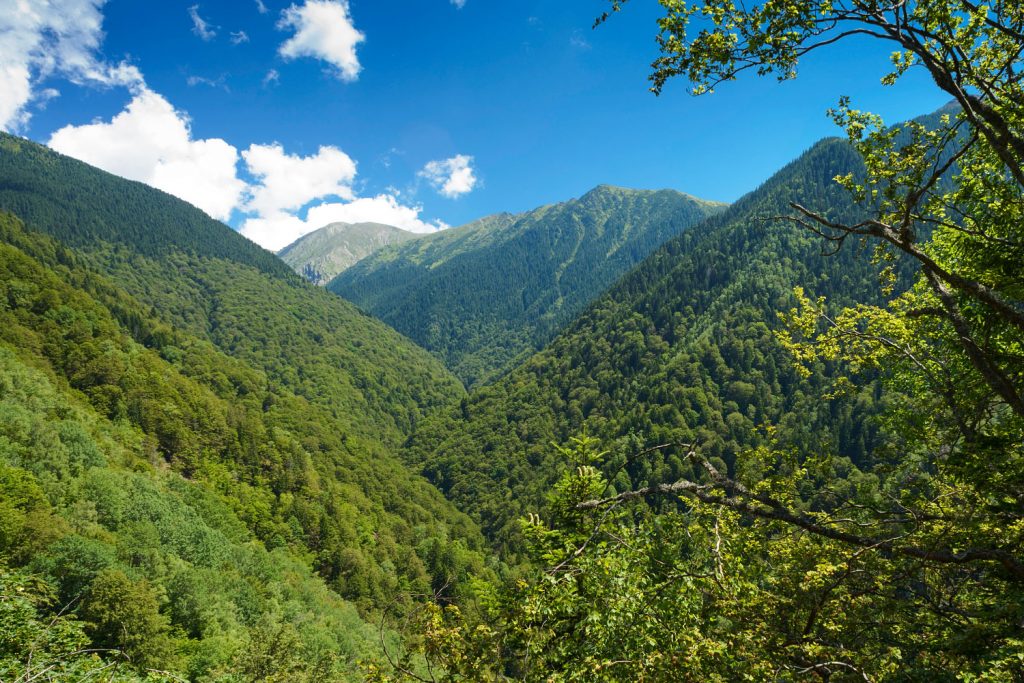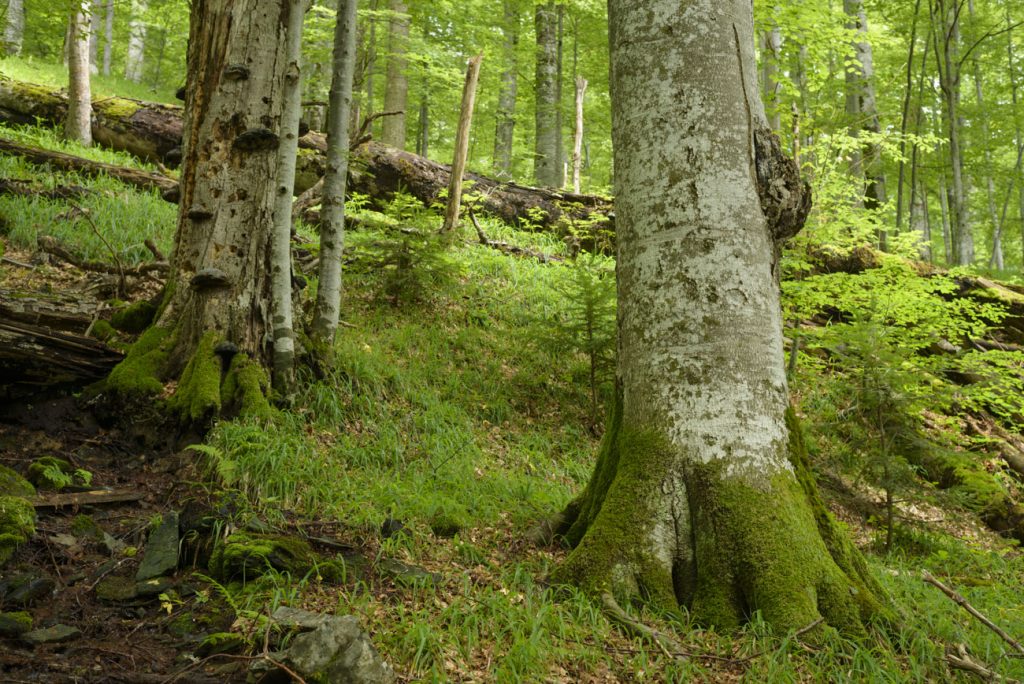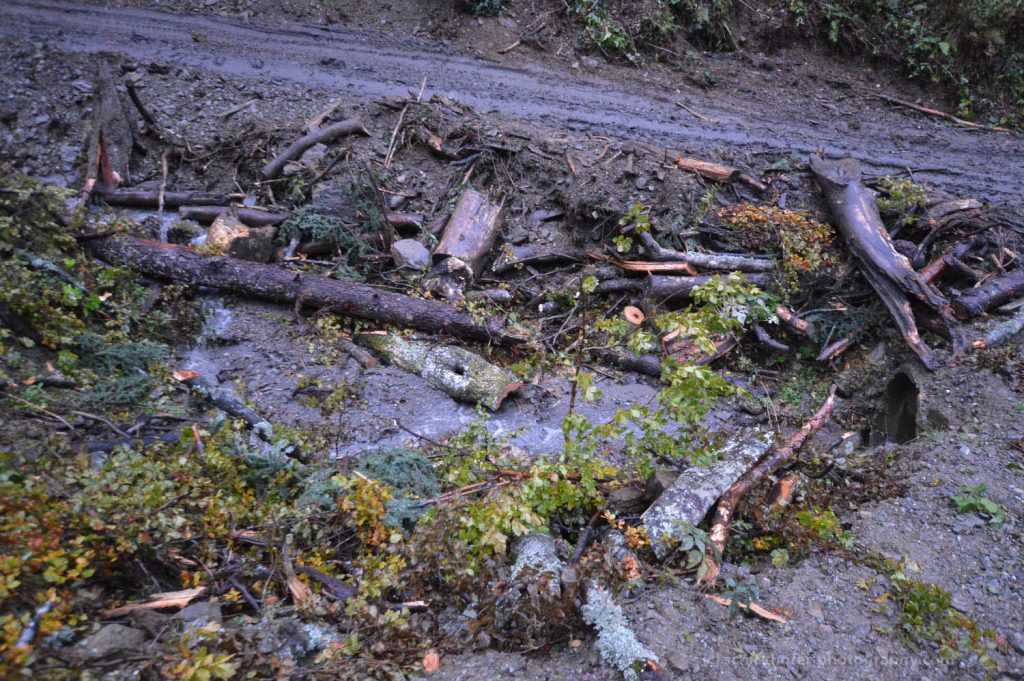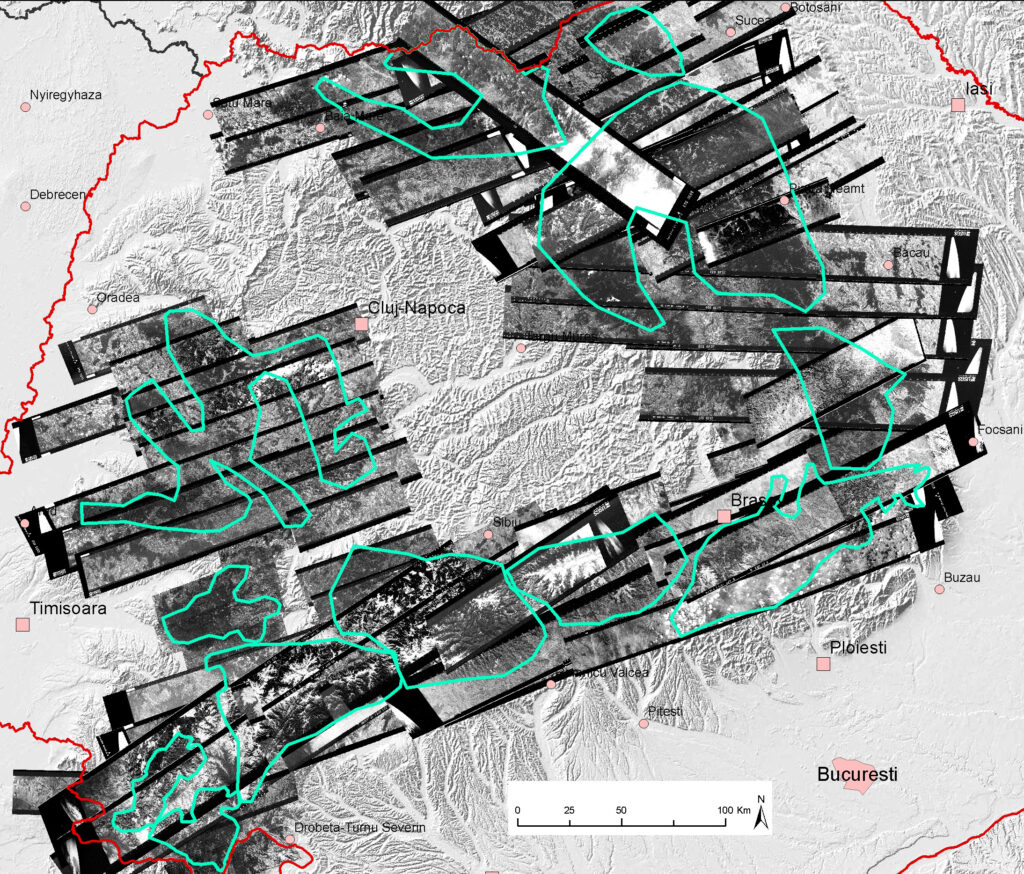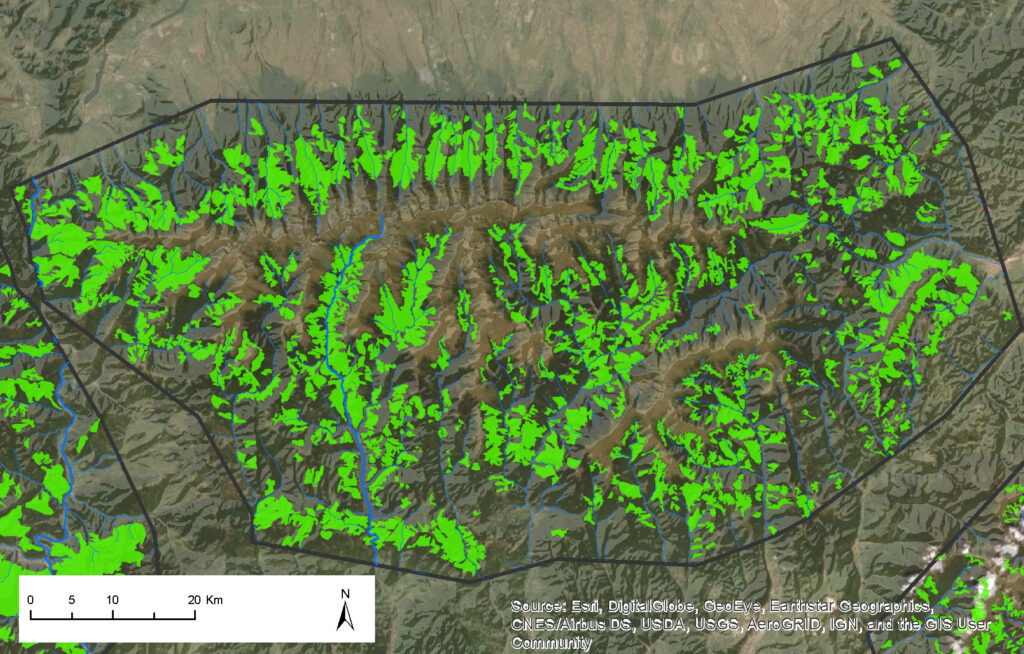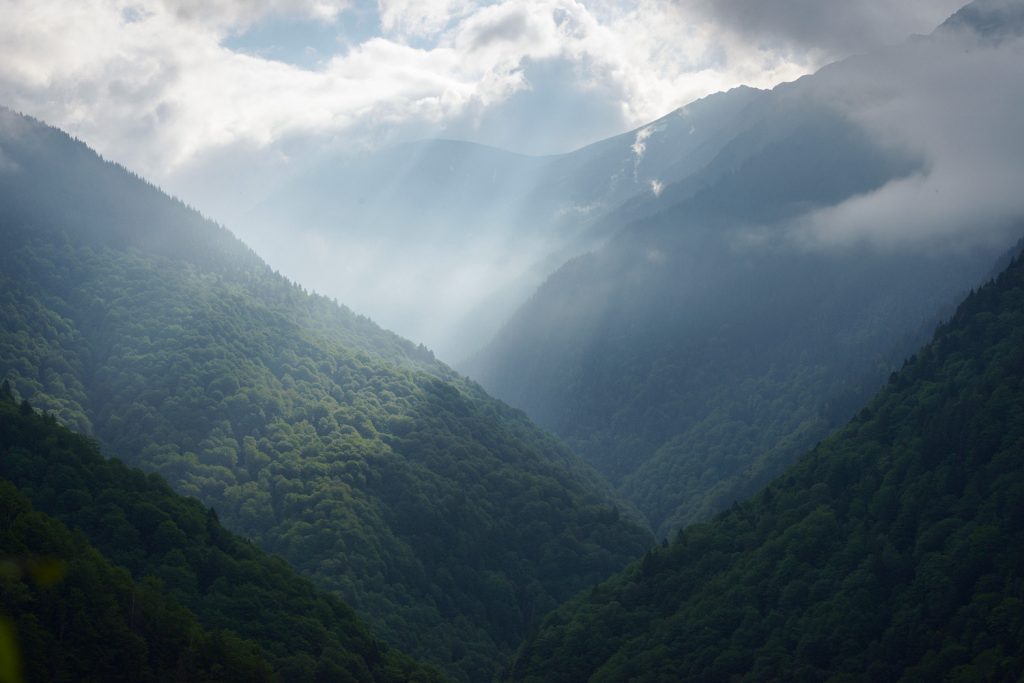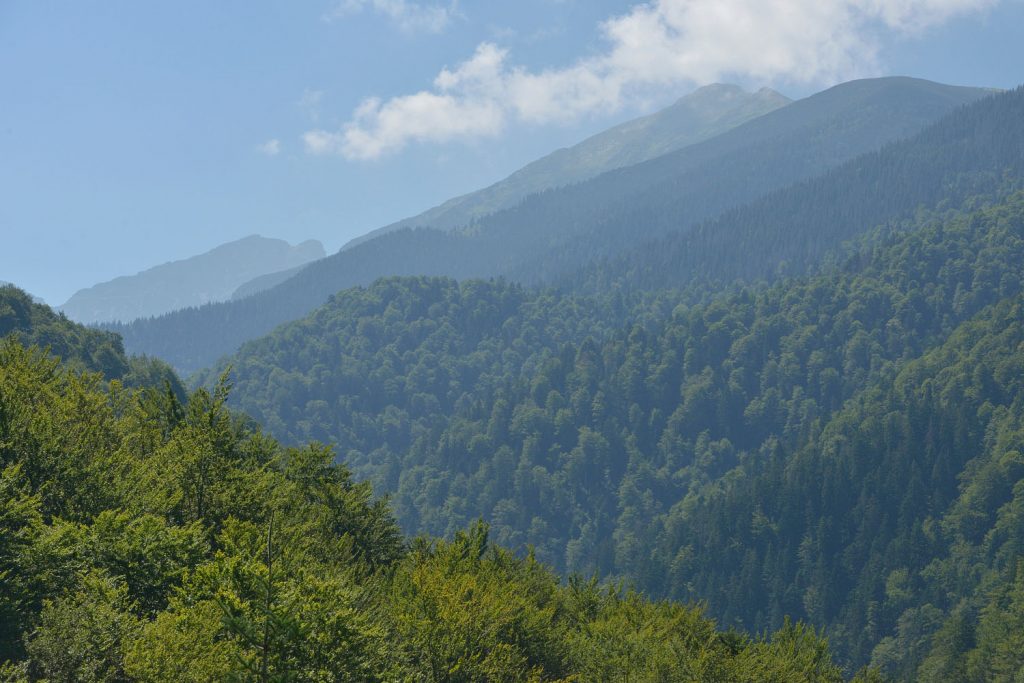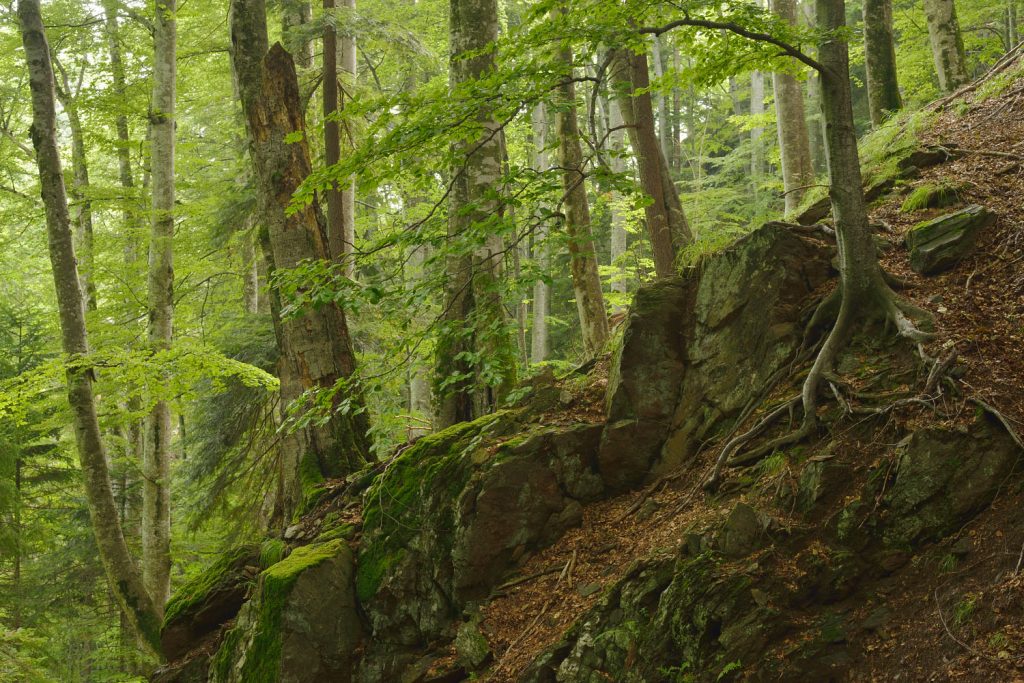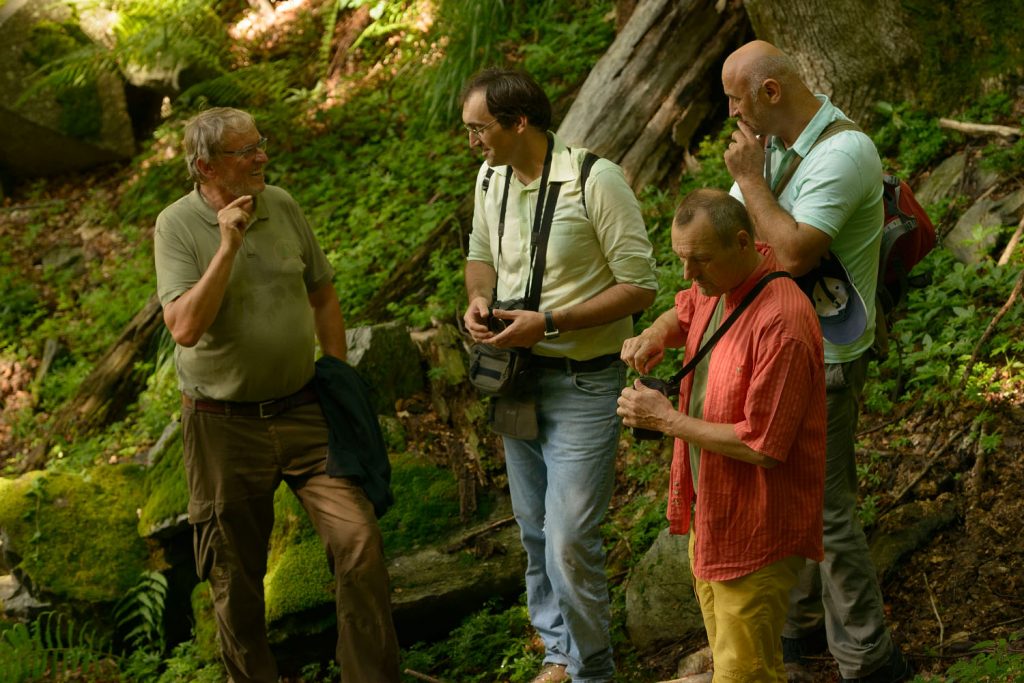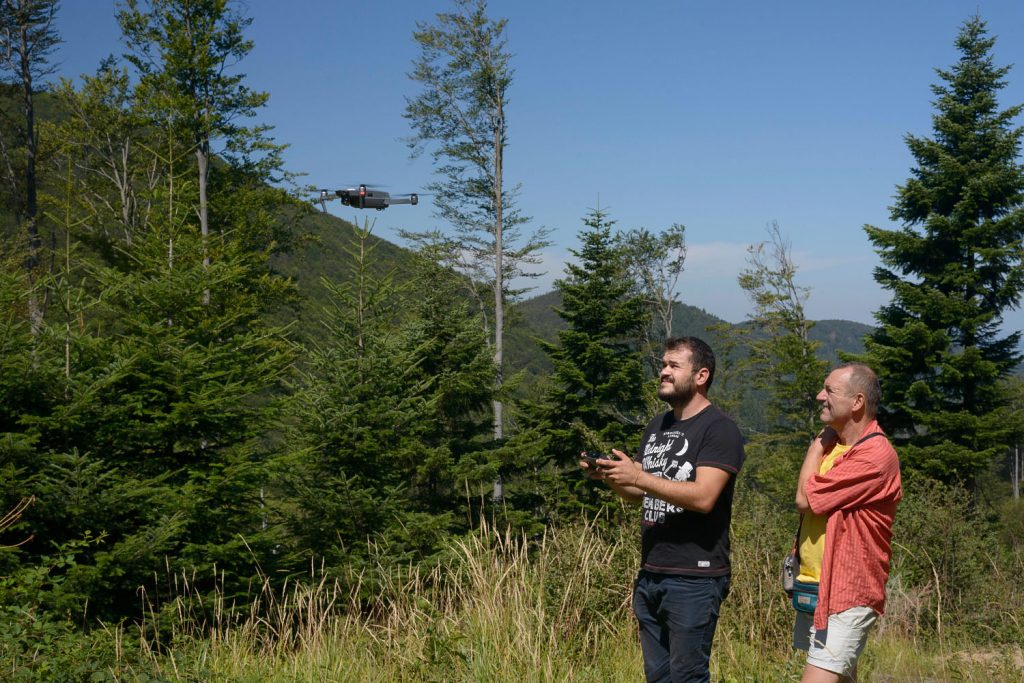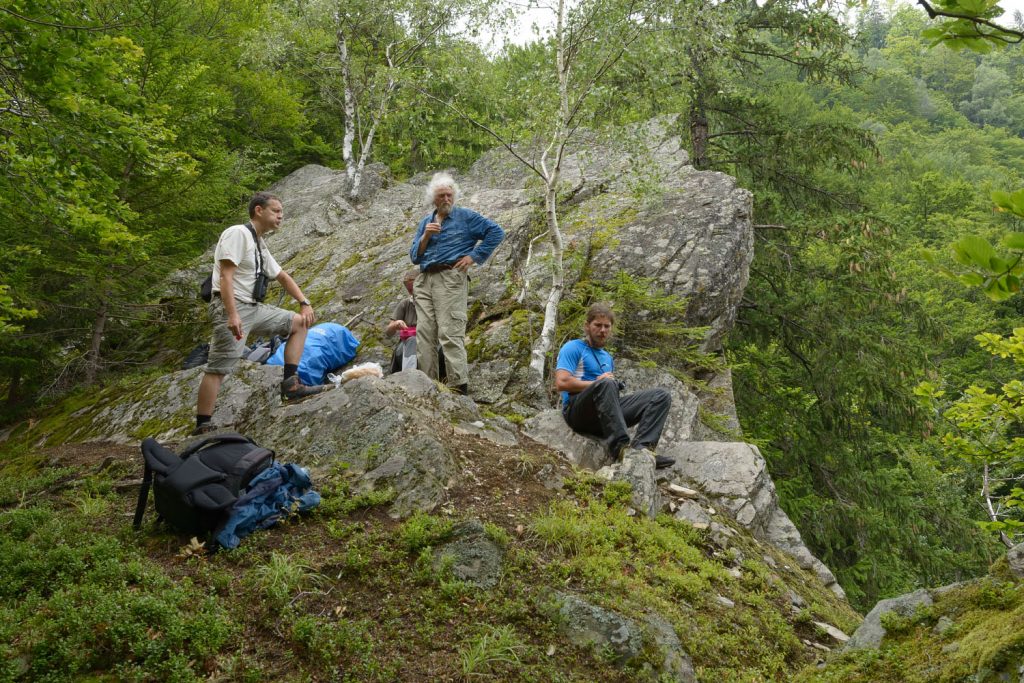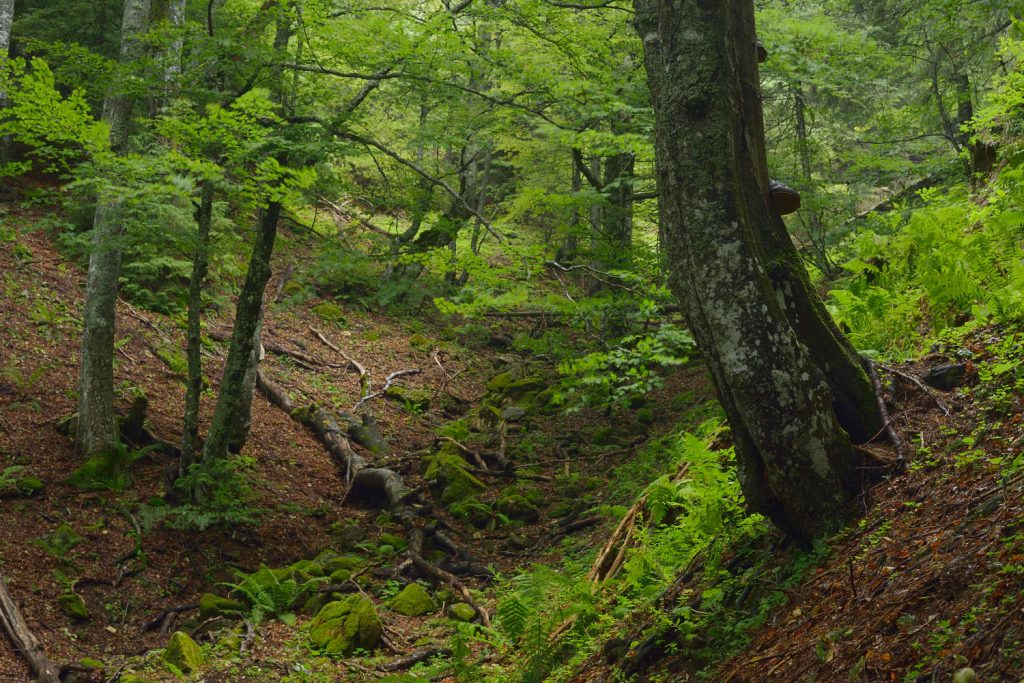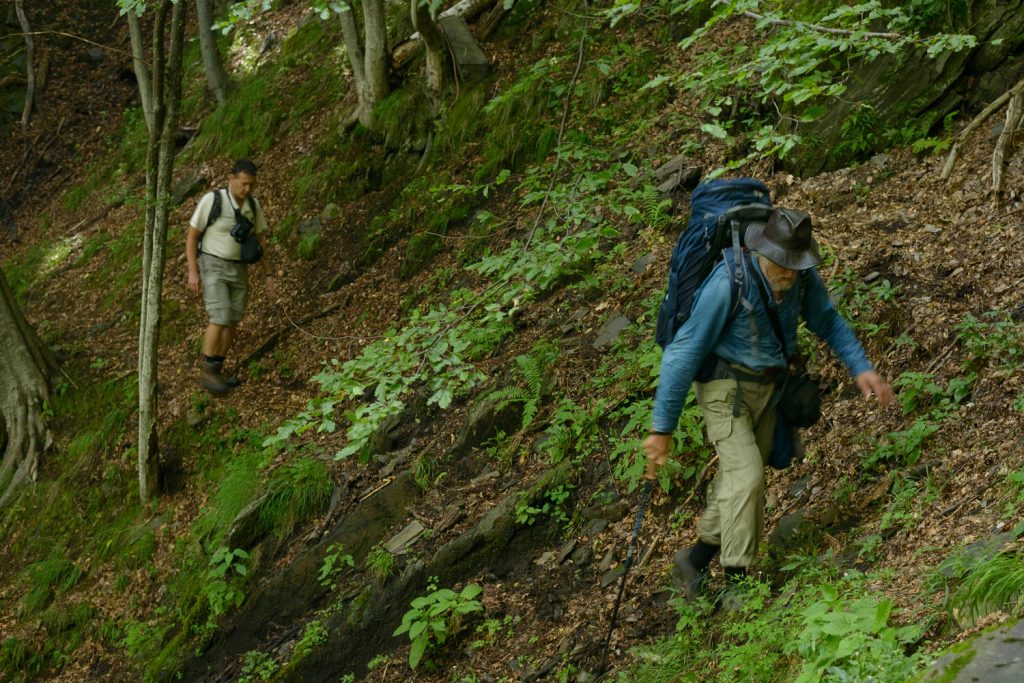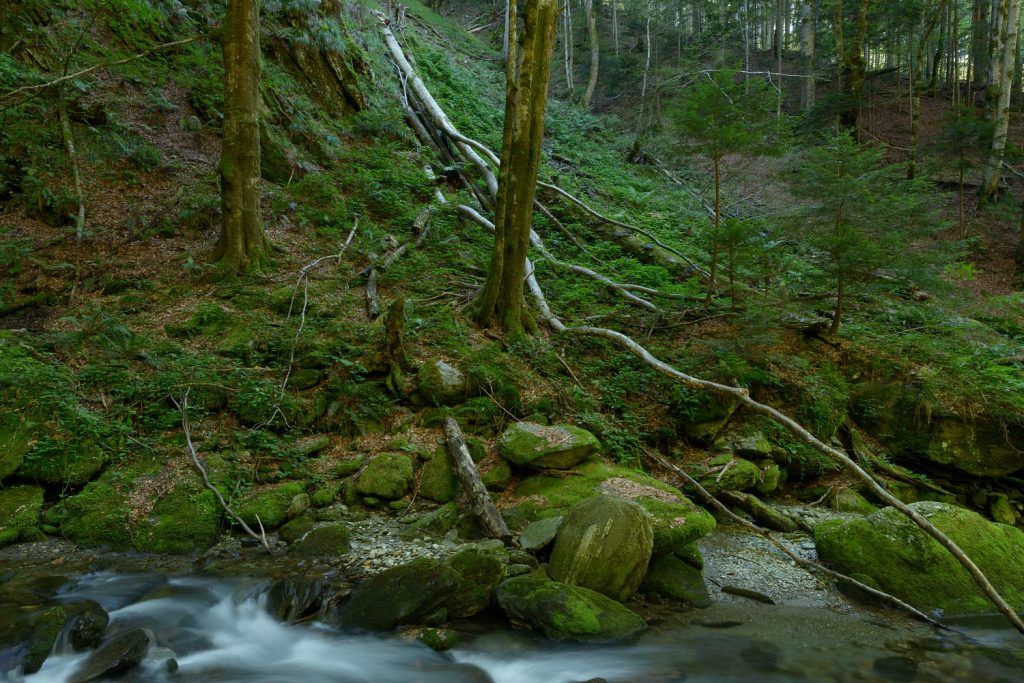After years of bureaucratic burdens some iconic primary forest – such as Boia Mica valley in Fagaras Mountains – are finally protected. However, studies about 13.000 ha of precious forest are still blocked by the government – and hundreds of thousands of hectares of high nature value forests are still under threat from destructive logging …
The Romanian Ministry for the Environment recently announced a new version of the „National Catalog of Virgin Forests“ on its website. The new version now includes 43.823,36 ha of forests. The „Catalogue“ has been growing by 14.000 ha since the year 2019. This includes 9.500 ha of forests, which were protected strictly already before as UNESCO World Heritage site component parts. Thus, the real enlargement of strictly protected primary forest area in Romania melts down to 4.500 ha.
The environmental organisations EuroNatur Foundation and Agent Green welcome this „long overdue“ last minute step by the government, two weeks ahead of the national elections. Nevertheless, the conservation organizations make clear that 43.000 ha is far below the real number of primary and old-growth forest in Romania. Thus, they conclude that this instrument has obviously failed largely.
Among the newly inscribed primary forest areas there is also the outstanding natural heritage of Boia Mica valley in the Fagaras Mountains Natura 2000 site. This pathless, steep valley harbors 960 ha of untouched primary forest. Boia Mica is one of the wildest and most pristine mountain forests of the EU. However, Romanian forest experts, in partnership with the German Forest University HFR Rottenburg, had been burdeend by a years long bureaucratic back and forth driven forward by provincial forest authorities and the „Technical Commission“ in the Forest Ministry. Luckily, Boia Mica was now finally accepted without further complications.
At the same time, logging of primary and old-growth forests in national parks and UNESCO sites (buffer zones) as well as Natura 2000 sites all over Romania continues at a catastrophic level and without any counter action by the Romanian government.
On November 16, Agent Green succeeded at the Appellation Court in Bucharest in suspending forest management plans in parts of Domogled -Valea national park (and Natura 2000 site) and a neighboring Natura 2000 site. Agent Green has filed a lawsuit against logging pursued by state forestry Romsilva. The court confirmed that the forest management plans are finally suspended. So, logging in state forests in the area concerned is stopped. Conservationists now hope that the precious beech forests – especially in wild upper Cerna valley – will be included in non intervention management zones.
However, despite the High Court decision and the currently running EU infringement procedure against the Romanian state, Romsilva managers started to auction logging permits in 32 plots in the south-western section of Domogled National Park, where logging plans have not been suspended.
EuroNatur and Agent Green call on the EU Commission not to be lulled by this minimal expansion of the “Virgin Forest Catalog”. Clear cuts in protected, natural coniferous forests and the multi-phase clearing of the biodiversity-rich mixed beech forests is continuing unabated. The ‚Catalog‘ currently does not even protect 10% of the 500.000 ha of natural forests that identified in the Primofaro study.
Especially with the new EU Biodiversity Strategy – adopted unanimously by the EU environmental ministers including Romania – requesting the strict protection of all primary and old-growth forests in the EU, Romania has to make sure that these forests are safe from logging.
